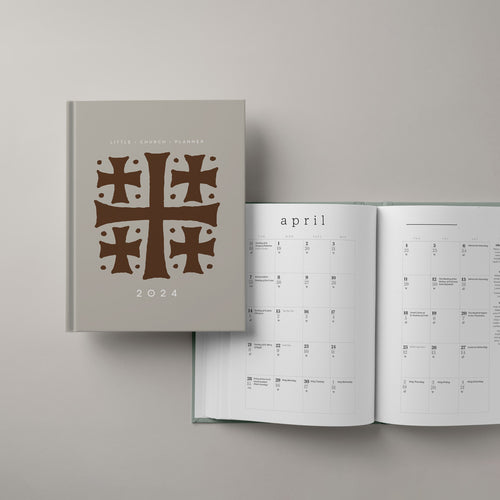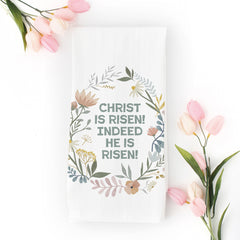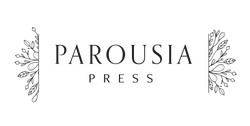
Preparing for Pascha: Festal Traditions from Different Orthodox Cultures

This post includes affiliate links, which means we will earn a small commission for qualifying orders made through these links.
As much as the Orthodox faith is singular in doctrine and essence, it is at the same time beautifully diverse with many different cultural expressions brought to the festal table. Greek, Russian, Serbian, Bulgarian, Georgian, Ukrainian, Syrian, Lebanese, and many other cultures have unique "litte t" traditions that make the feasts of the Church special in different way—Pascha, the Feast of Feasts, is a great example of this.
Let's take a look at how the Russian and Greek cultures prepare to celebrate Pascha outside of the liturgical services that we all share.
Russian & Slavic Traditions

Outside of Liturgical observances, the traditional Pascha basket is at the center of the Slavic Pascha celebrations. In America, baskets differ among families, usually filled with the foods and treats that the family especially missed during the fast. There are, however, specific items included in a traditional Pascha basket, each symbolic to the events of Holy Week, the Resurrection, and the Christian life. These foods are listed below, along with some links to products to help you create your own.
For a wonderful and in-depth read about the items of a traditional Pascha basket and their meanings, head over to Ascetic Life of Motherhood's post "How to Put Together a Traditional Pascha Basket".
Items in a Slavic-Style Pascha Basket:
Kulich
A tall bread with decorations on top, usually the symbol XB ("Christ is Risen"). Breads can be made using paper molds, as well as metal tins, such as coffee cans. This recipe from Spruce Eats is a good start for your kulich journey!Kulich Product Recommendations

7 oz. Paper molds for Easter bread
Easter bread baking paper forms—various sizes

Metal cans to use for baking molds
Paska Cheese
Spelled variously as paska, pasca, paskha, and pascha, this sweet dessert is kulich's pascal companion. When put in the Pascha basket, this treat is blessed by the priest and then enjoyed from Pascha up until Pentecost. Here is a recipe from Spruce Eats to go with your kulich!Paska Cheese Product Recommendations

Red Eggs
Include some red eggs in your basket as a symbol of the resurrection. The egg symbolized the tomb and the promise of new life inside. The red color comes from the story of St. Mary Magdalene's encounter with the Emperor and the miracle that attested to the resurrection of Christ.Red Egg Product Recommendations

Butter
Traditionally, butter is molded into the shape of a three-bar cross or a lamb, thought no one would complain if you just put a stick of butter in your basket (and we often do!)Butter Product Recommendations

Candle
Pascha baskets may include a candle to be lit when the priest blesses the baskets. Using a decorated flameless candle could be a good way to adorn your basket, as well as a good way to include children in the Holy Week services without worry.Candle Product Recommendations

Basket Cover
White cloths traditionally adorn the basket when it is brought to Church to be blessed. The cloths can be embroidered or printed with paschal designs and embellishments.Pascha Basket Product Recommendations


Horseradish
Cured Meats: Ham, Bacon, Sausage
Wine & Beer
Greek Traditions

While the Greek and Slavic cultures share some Paschal traditions, other customs differ greatly. Greek Paschal preparations involve the midnight Anastasi meal after Pascha liturgy and a great feast on Pascha day.
Labatha
Labatha are special Greek candles used at the Divine Liturgy for Pascha. God- parents or parents gift the decorated candles to their children for the service. After arriving home, it is customary to make a cross on the door frame with the soot as a blessing for the year to come, to light the icon candles, and to light the table candles for the midnight meal.
Red Eggs
Traditionally, eggs are dyed on Holy Thursday. Eggs can be dyed using (yellow) onion skins or with purchased red dye. Here is a great step-by-step tutorial on dying eggs the natural way from Jennifer at Illumination Learning: How to Naturally Dye Eggs with Onion Skins for Pascha.
Tsougrisma
The red egg game is a fun way to celebrate after Pascha Liturgy. Here is an article explaining about the game and how to play.Red Egg Product Recommendations


Items Included in Anastasi Meal:
(Recipes for these items and more from Diane Kochilas can be found here.)
Tsoureki
A braided (three strands to symbolize the Trinity), enriched bread, decorated with red eggs within the braids. Here is a great article from King Arthur Baking Company about the place of tsoureki in Greek celebrations, along with a Tsoureki recipe.Mayiritsa (or Magiritsa)
A heavy soup made from lamb, with herbs and lemon. After the breaking of the red eggs, this is the first food to break the lenten fast.
Here is a Mayiritsa recipe from Spruce Eats.
Koulourakia
These zesty citrus cookies are one of the most iconic Greek Easter treats (try this recipe from Diane Kochilas)Salad
Cheese
Olives
Wine
Fruit
Like many of you, we are converts to the Orthodox faith and don't have our own cultural heritage, other than from that of the church we attend. It is wonderful to learn traditions of our brothers and sisters in Christ and maybe even incorporate some new things into our own festivities. Regardless of what foods will be on your festal table, may your Pascha celebrations be joyful!
For more recipes and Pascha activities see our Pascha Resources blog post.
Pin for Later










